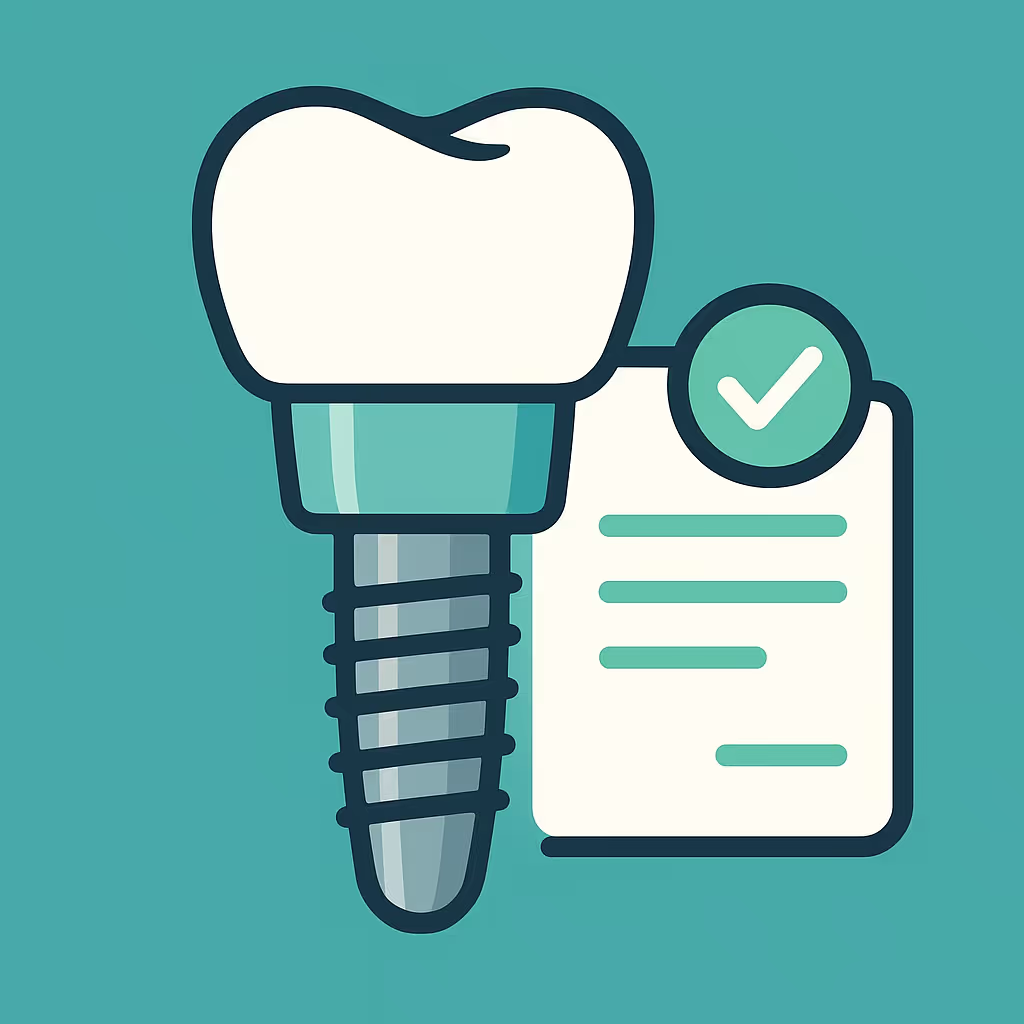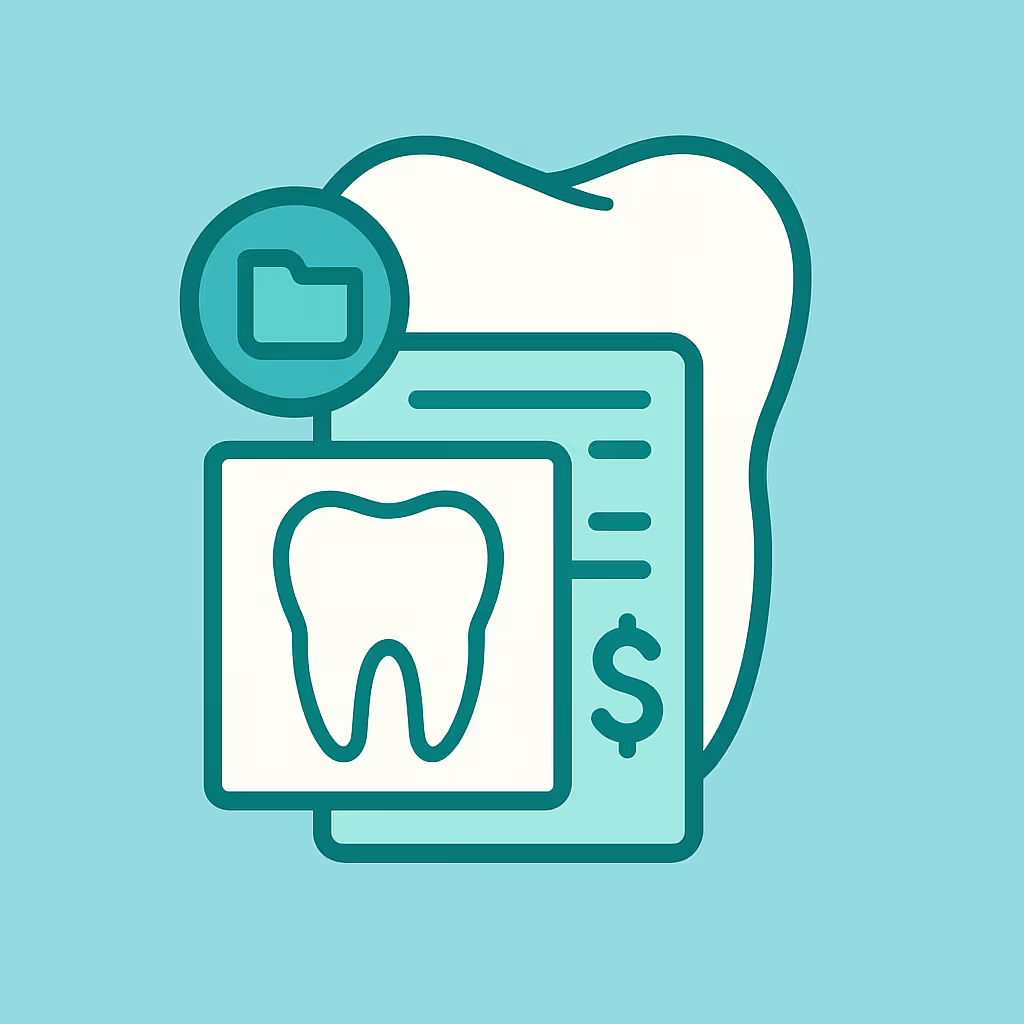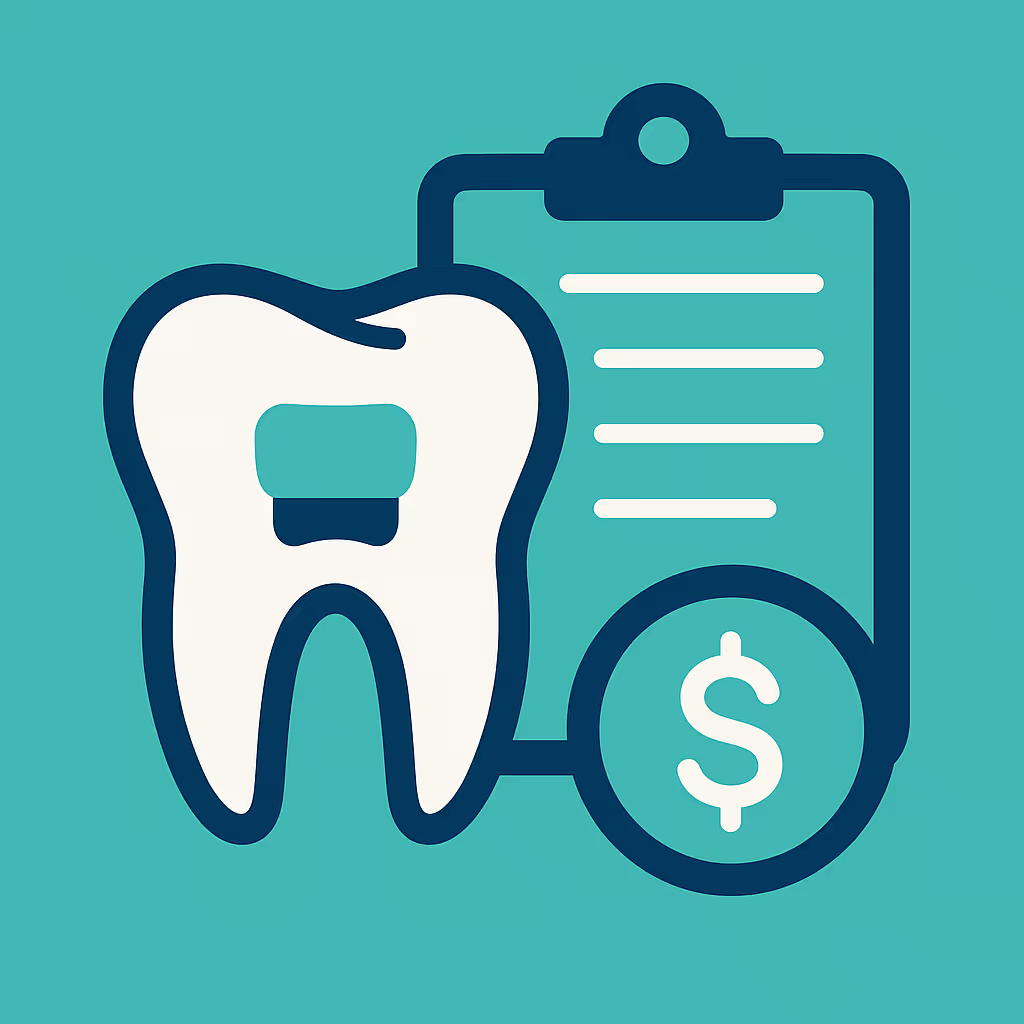Understanding Dental Code D6243
When to Use D6243 dental code
The D6243 dental code is designated for a pontic—specifically, a porcelain fused to high noble metal pontic, used in fixed partial dentures (bridges). This code should be used when replacing a missing tooth with a prosthetic tooth that is suspended between two crowns, both of which are attached to natural teeth or implants. It is essential to use D6243 only when the pontic is fabricated with porcelain fused to a high noble metal, as using the wrong code can lead to claim denials or reimbursement delays. For other pontic materials, refer to the appropriate CDT codes, such as D6242 for porcelain fused to noble metal.
Documentation and Clinical Scenarios
Accurate documentation is critical for successful billing and insurance reimbursement. When using D6243, ensure the patient’s chart includes:
- Clear clinical notes indicating the edentulous space and the need for a fixed bridge.
- Radiographs or intraoral photos showing the missing tooth and adjacent abutments.
- Material specifications from the dental lab confirming the use of high noble metal.
- Detailed treatment plan outlining why a pontic is the best restorative option.
Common clinical scenarios for D6243 include patients with a single missing tooth between two healthy abutments, or those replacing a failed implant with a bridge. Always ensure the documentation supports the medical necessity and material selection for the pontic.
Insurance Billing Tips
To maximize reimbursement and minimize claim rejections when billing D6243, follow these best practices:
- Insurance Verification: Before treatment, verify the patient’s coverage for fixed bridges and specific material allowances. Some plans may downgrade coverage to less expensive materials.
- Pre-Authorization: Submit a pre-authorization with supporting documentation, including radiographs and lab slips, to confirm coverage and avoid surprises.
- Accurate Claim Submission: Use the correct CDT code (D6243) and include all required attachments. Clearly indicate the pontic’s location using the Universal Numbering System.
- Follow Up on EOBs: Review Explanation of Benefits (EOBs) promptly. If the claim is denied or underpaid, initiate a claim appeal with additional documentation as needed.
- Patient Communication: Inform patients about potential downgrades or out-of-pocket costs if their plan does not cover high noble metal materials.
Example Case for D6243
Case: A 55-year-old patient presents with a missing upper right first premolar (tooth #5). The adjacent teeth (#4 and #6) are healthy and suitable for crowns. The dentist recommends a three-unit bridge with a porcelain fused to high noble metal pontic for optimal esthetics and durability.
Billing Steps:
- Verify insurance benefits for fixed bridges and high noble metal coverage.
- Document the clinical findings, including radiographs and a detailed treatment plan.
- Submit a pre-authorization with all supporting documents.
- Upon approval, complete the procedure and submit the final claim using D6243 for the pontic and the appropriate codes for the abutment crowns.
- Monitor the EOB and address any issues promptly, appealing if necessary.
By following these steps and ensuring thorough documentation, dental teams can improve claim acceptance rates and provide patients with the best restorative options.





